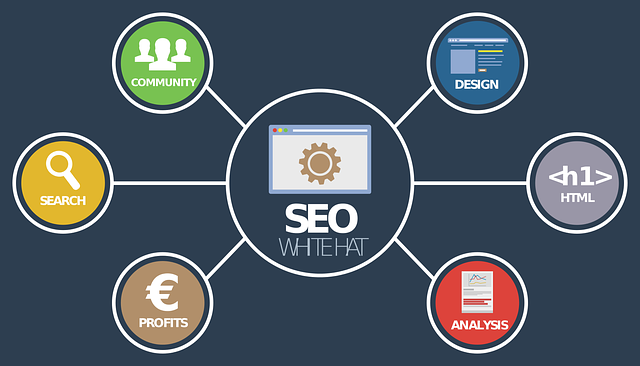AI-driven table turnover optimization is revolutionizing hospitality by predicting customer demand, optimizing layouts, and automating booking systems, reducing wait times and enhancing dining experiences. This technology also dynamically allocates staffing levels, improving efficiency and cost savings. By automating repetitive tasks in BI workflows, businesses can achieve significant productivity gains, reduce costs, and enhance accuracy. While initial setup costs and data privacy concerns exist, AI-driven table turnover optimization offers a powerful tool for modern businesses aiming to stay competitive in the digital era.
“Discover how Artificial Intelligence (AI) is transforming business operations through workflow automation, especially in the context of AI-driven table turnover optimization. This article explores the potential of AI to streamline processes and enhance efficiency. We’ll delve into implementing AI for workflow automation, highlighting its benefits like improved productivity and data-driven decisions. However, we will also address challenges, ensuring a comprehensive understanding of this powerful technology’s role in modern business intelligence.”
- Understanding AI-Driven Table Turnover Optimization
- Implementing Workflow Automation with AI
- Benefits and Challenges of AI Business Intelligence in Workflow Automation
Understanding AI-Driven Table Turnover Optimization

AI-driven table turnover optimization is a game-changer in the hospitality industry, revolutionizing how businesses manage their resources. By leveraging advanced algorithms and machine learning techniques, this technology streamlines processes related to table allocation, guest reservations, and staff scheduling. The result? Improved efficiency and enhanced customer experiences.
The process starts with analyzing historical data to identify patterns and trends. AI models can predict peak hours, popular dining times, and preferred table sizes, allowing restaurants to optimize their layouts and seating arrangements. This ensures that wait times are minimized, and guests are seated promptly, creating a more enjoyable dining atmosphere. Moreover, AI can dynamically adjust staffing levels, ensuring that servers are available when needed, leading to better resource allocation and cost savings.
Implementing Workflow Automation with AI

Implementing Workflow Automation with AI is a game-changer for businesses aiming to enhance efficiency and productivity. By leveraging Artificial Intelligence, companies can automate repetitive tasks, streamlining processes and reducing manual effort. This technology enables intelligent decision-making by analyzing vast data sets, identifying patterns, and optimizing workflows accordingly. For instance, in the context of table turnover optimization, AI algorithms can predict customer demand, automate booking systems, and manage resources efficiently, ensuring a seamless dining experience.
AI-driven automation offers numerous benefits, including cost reduction, improved accuracy, and increased speed. It frees up employees from mundane tasks, allowing them to focus on strategic initiatives. With its ability to learn and adapt, AI ensures continuous process improvement, making it an invaluable asset for modern businesses aiming to stay competitive in the digital age.
Benefits and Challenges of AI Business Intelligence in Workflow Automation

The integration of AI in Business Intelligence (BI) workflow automation offers a multitude of benefits for businesses aiming to enhance efficiency and productivity. With AI-driven table turnover optimization, organizations can streamline their data processing capabilities significantly. Automated systems powered by artificial intelligence can analyze vast datasets much faster than manual methods, enabling quicker decision-making processes. This technology is instrumental in identifying patterns and trends within complex data, which subsequently aids in forecasting and predictive analytics.
Despite its advantages, AI BI workflow automation also presents certain challenges. One of the primary concerns is the initial setup cost and complexity. Implementing advanced AI systems requires significant investment in resources and expertise to ensure effective integration with existing infrastructure. Additionally, data quality plays a crucial role; inaccurate or incomplete data may lead to flawed outcomes. Ensuring data privacy and security is another challenge, as handling sensitive information demands robust measures to protect against potential breaches.
AI-driven table turnover optimization, as discussed in this article, offers significant potential for revolutionizing business intelligence and workflow automation. By implementing AI technologies, organizations can streamline processes, enhance efficiency, and make data-driven decisions with unprecedented speed and accuracy. However, challenges such as data quality, privacy concerns, and the need for specialized skills must be addressed to fully harness these capabilities. As we navigate this evolving landscape, embracing AI in workflow automation is a strategic move that promises to foster growth, improve productivity, and maintain a competitive edge in today’s digital era.
